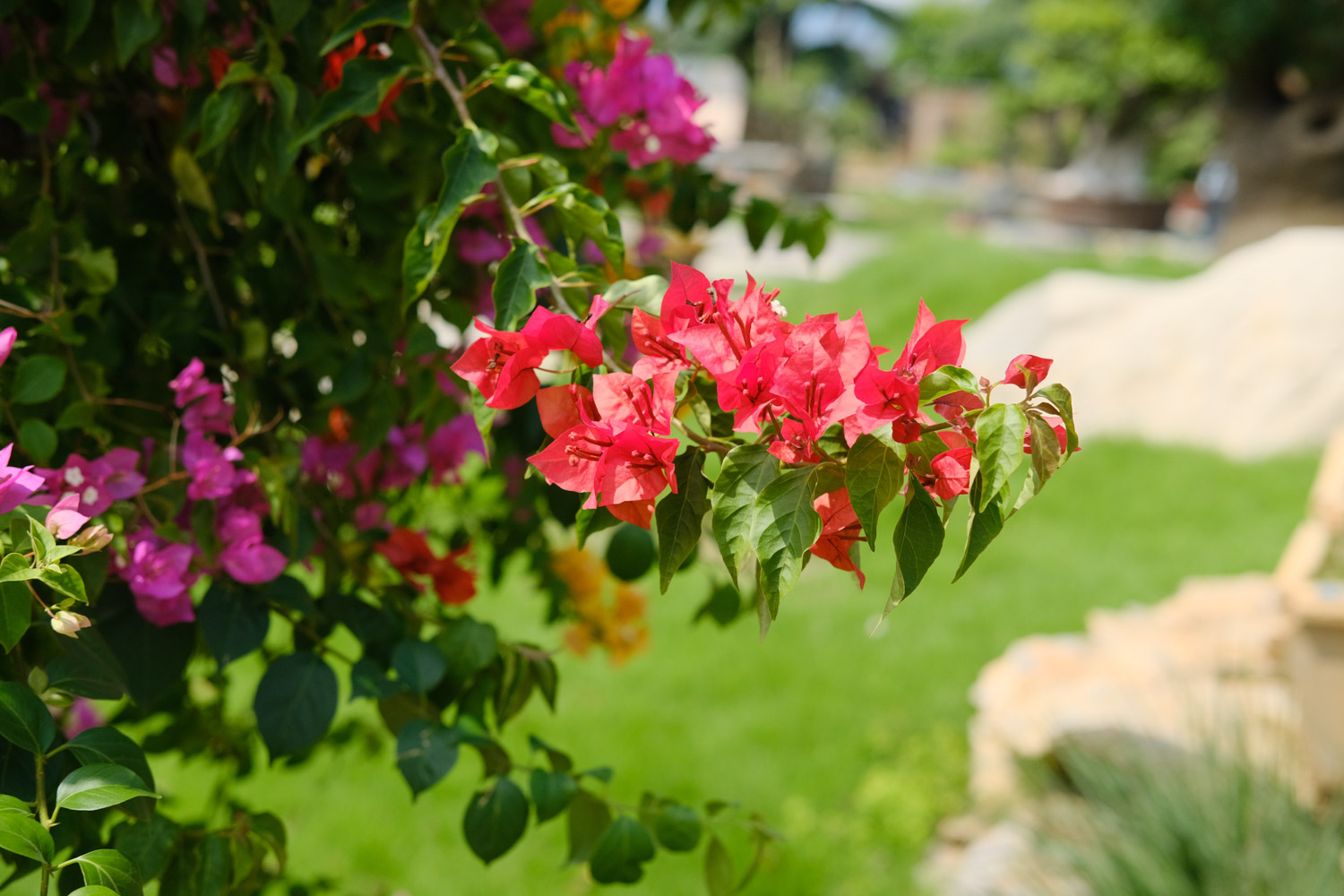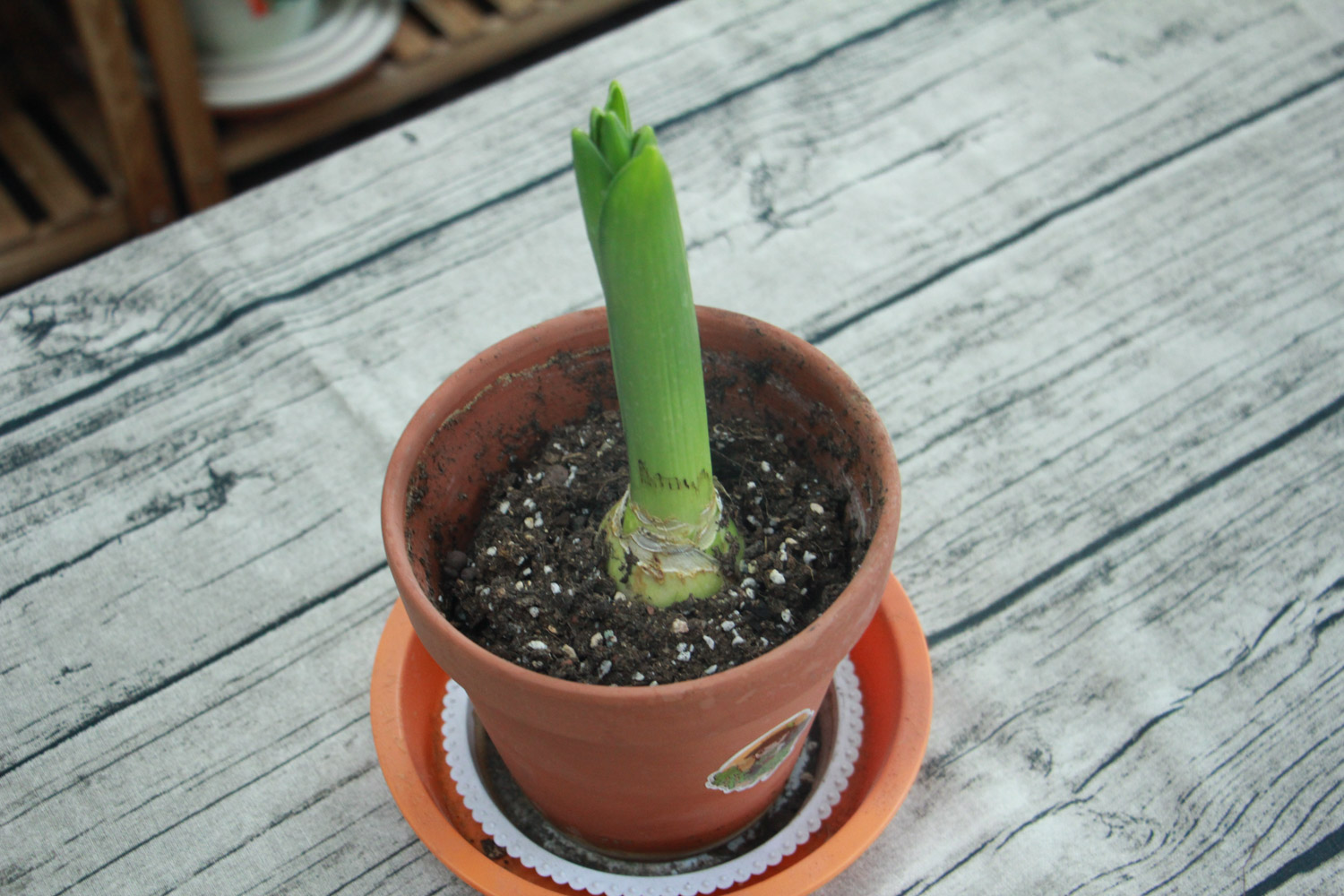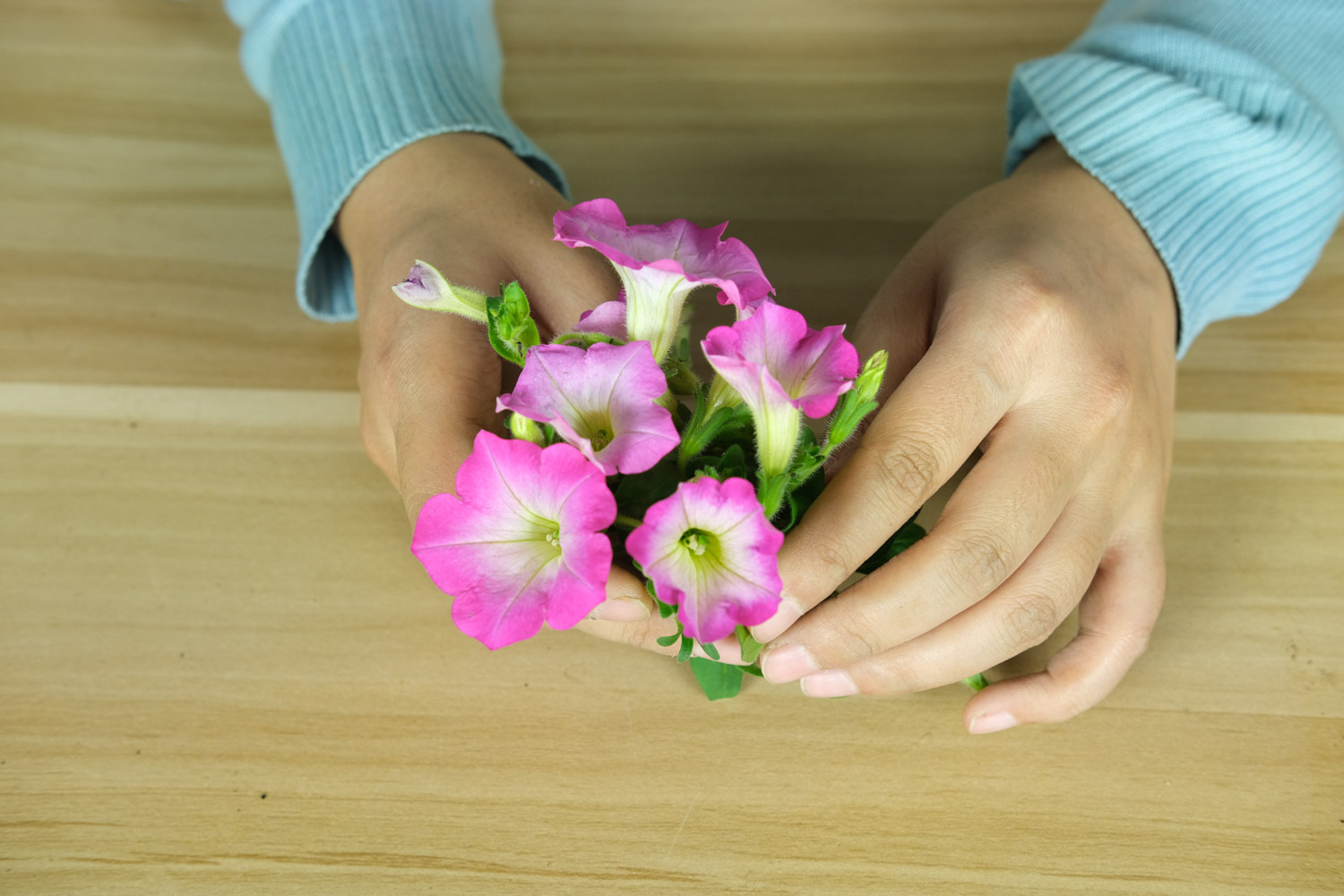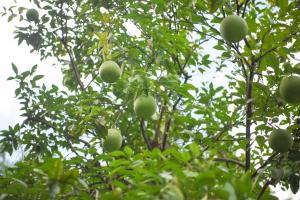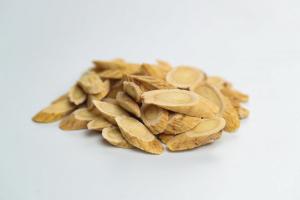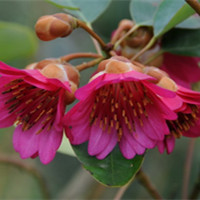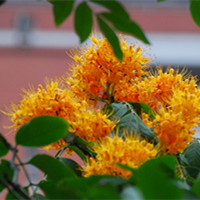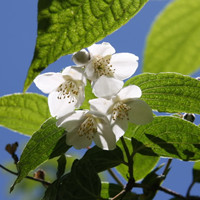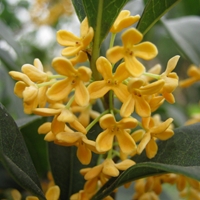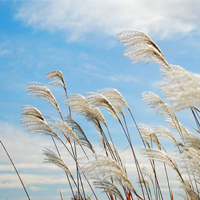Phragmites
Phragmites Gramineae
Reed nickname
Reed, reed, reed, Jianjia, Latin name phragmitesaustralias trin
Reed distribution area
It grows all over the world in low wetlands or shallow water such as irrigation ditches, river banks and swamps. It is widely distributed in China. Reed has strong reproductive ability and is easy to form continuous reed marshes
Morphological characteristics of reed
Reed is a perennial gramineous plant with well-developed rhizomes. The stem is upright, with more than 20 nodes. The internode spacing between the base and the upper part is short. The longest internode is located in the 4th-6th nodes from the stem base upward, and there is wax powder under the node. The edge of the ligule is densely covered with a circle of short cilia, which is easy to fall off; The leaves are lanceolate linear, the leaf surface is hairless, and the top is gradually pointed into a gradually filamentous shape. Reed is a large panicle with many branches, and each branch has dense drooping spikelets; Caryopsis ca. 1.5 mm long
Reed growth environment
Phragmites australis has strong reproductive ability and grows well in places with water. Phragmites australis in North China generally germinates in the first ten days of April, and then enters a prosperous period. It tassels first in August and then blooms. The seeds mature in October, and the seeds can spread with the wind. The rhizome of Phragmites australis is very developed. It is mainly propagated by rhizome in natural habitat. The rhizome has strong vitality and can quickly grow new branches for reproduction under suitable conditions


